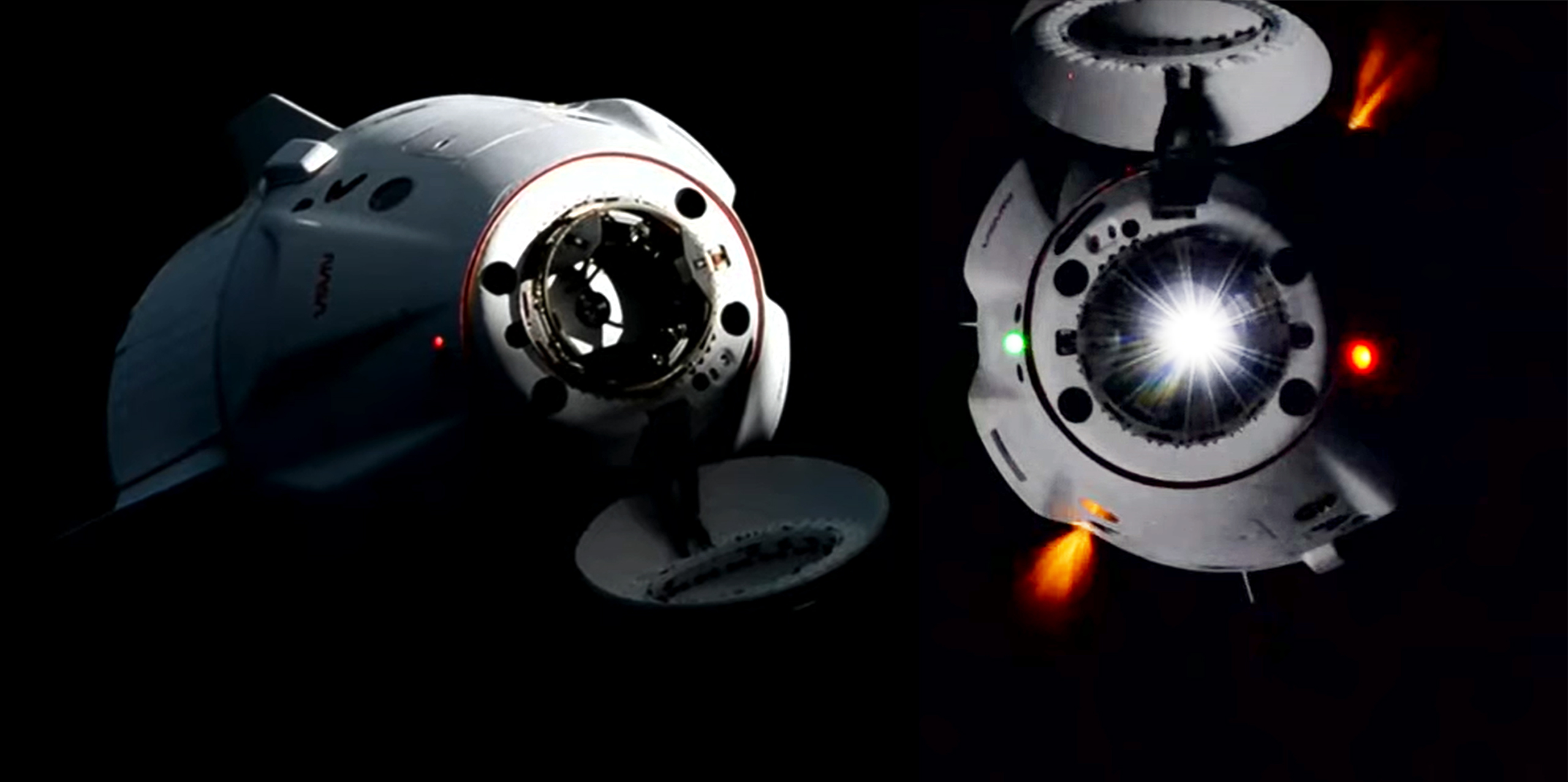
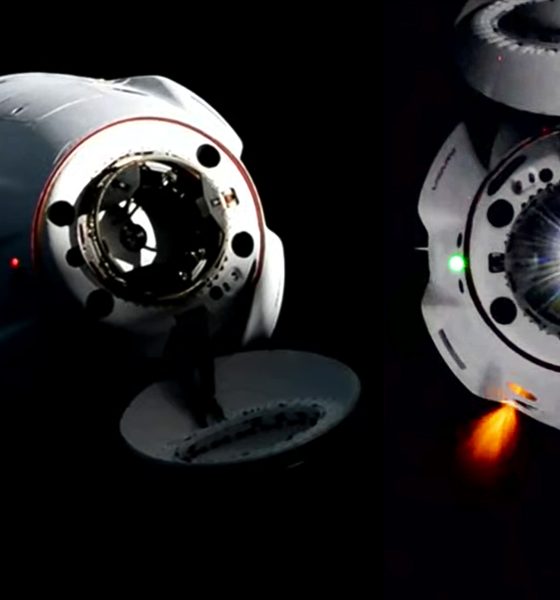
News
NASA updates status of SpaceX’s next two astronaut launches
NASA has updated the status of SpaceX’s next two crewed Falcon 9 launches – one fully private and the other for the space agency.
According to NASA, SpaceX’s first all-private Crew Dragon mission to the International Space Station has been delayed a month to allow additional technical and scheduling issues. Mission customer Axiom Space has yet to confirm or comment on the delay. NASA Commercial Crew Program manager Steve Stich also says that SpaceX’s next NASA astronaut launch will break a record for crewed Falcon booster reusability.
According to Stich, Crew-4’s four astronauts will launch atop a thrice-flown rocket, making the mission the first time SpaceX will have launched humans on the fourth flight of a Falcon 9 booster. However, Axiom’s first Crew Dragon launch might beat the space agency to the punch.
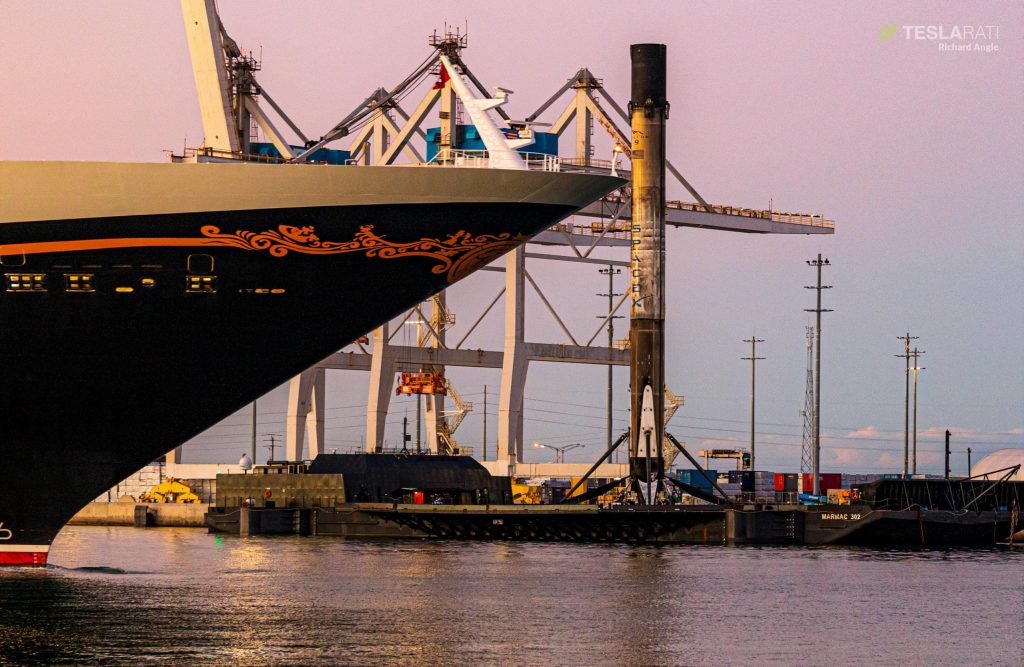
Crew-4 will be SpaceX’s fourth operational astronaut launch for NASA and is scheduled to lift off no earlier than (NET) April 15th, 2022 with a new Crew Dragon capsule and thrice-flown Falcon 9 booster B1067. On January 18th, a NASA blog post also confirmed a delay for Axiom’s Ax-1 mission, pushing the mission’s liftoff from February 21st to no earlier than (NET) March 31st, 2022 – quite close to Crew-4. Ax-1 will be Crew Dragon’s first private astronaut launch to the International Space Station (ISS) and the world’s first fully-private spaceflight to a space station. Unlike all other missions with private citizens that have visited the ISS, no Roscosmos or NASA astronauts will be aboard the spacecraft when Dragon lifts off.
Instead, commanded by former NASA astronaut Michael López-Alegría, Ax-1 will only carry private citizens. Each paying $55 million for the privilege, the mission’s three customers are Larry Connor, Mark Pathy, and Eytan Stibbe – all businessmen who’ve respectively amassed multmillion-dollar fortunes in real estate; entertainment and shipping; and military equipment and venture capitalism.
Ax-1 will reuse Crew Dragon capsule C207, which previously launched Crew-1 in November 2020 and Inspiration4 in September 2021. If Ax-1 avoids further delays, the mission will be the first time SpaceX (or anyone) launches astronauts in a twice-flown orbital space capsule. By all appearances, Ax-1 will also have to launch on a Falcon 9 booster that’s flown three or even four times (B1062 or B1063). Again, if Ax-1 launches before Crew-4, it will likely be the first crewed SpaceX launch to use such an experienced Falcon 9 booster.
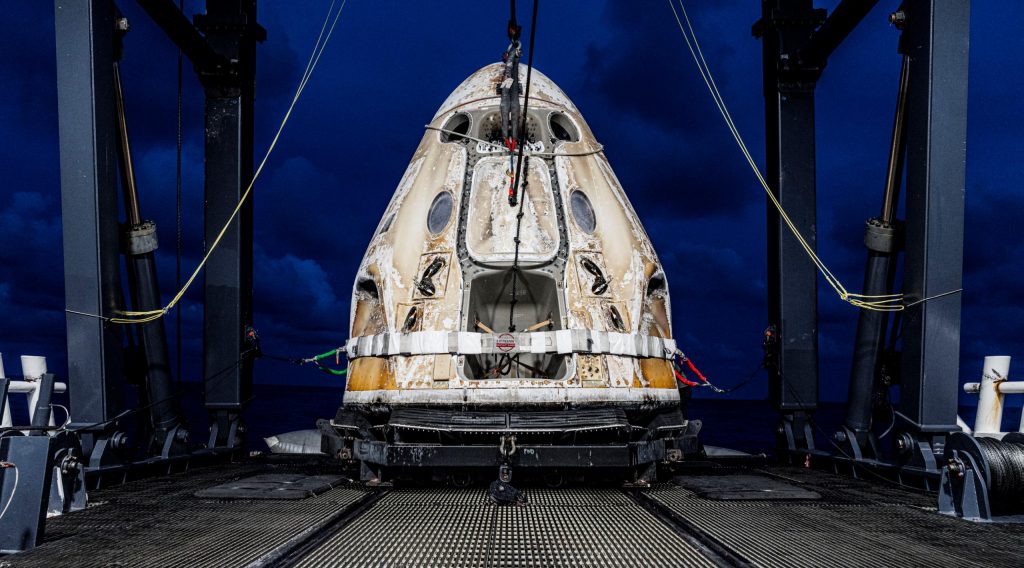
However, if Ax-1 slips even a few days to the right, it’s more likely than not that NASA’s Crew-4 mission will take precedence and delay Ax-1 to late April 2022 at the earliest. Cargo Dragon’s CRS-25 ISS resupply mission is then scheduled to launch as early as May 2022, potentially setting the stage for a salvo of Dragon launches. Pad 39A, which will be responsible for all three launches, has a turnaround record of 10 days and has never launched two Dragons less than 18 days apart. The latter record will have to be broken for the current Ax-1 – Crew-4 schedule to hold.

News
Ford cancels all-electric F-150 Lightning, announces $19.5 billion in charges
“Rather than spending billions more on large EVs that now have no path to profitability, we are allocating that money into higher returning areas, more trucks and van hybrids, extended range electric vehicles, affordable EVs, and entirely new opportunities like energy storage.”
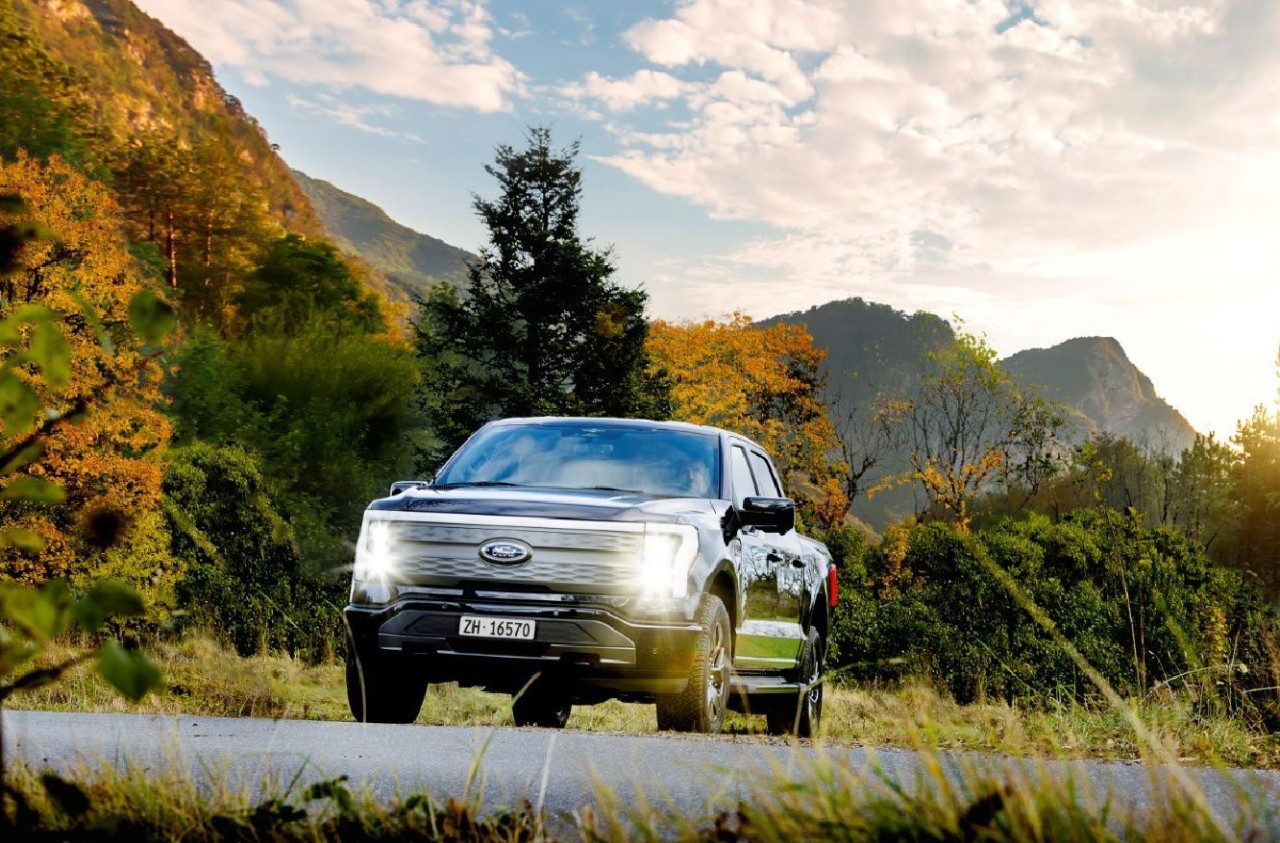
Ford is canceling the all-electric F-150 Lightning and also announced it would take a $19.5 billion charge as it aims to quickly restructure its strategy regarding electrification efforts, a massive blow for the Detroit-based company that was once one of the most gung-ho on transitioning to EVs.
The announcement comes as the writing on the wall seemed to get bolder and more identifiable. Ford was bleeding money in EVs and, although it had a lot of success with the all-electric Lightning, it is aiming to push its efforts elsewhere.
It will also restructure its entire strategy on EVs, and the Lightning is not the only vehicle getting the boot. The T3 pickup, a long-awaited vehicle that was developed in part of a skunkworks program, is also no longer in the company’s plans.
Instead of continuing on with its large EVs, it will now shift its focus to hybrids and “extended-range EVs,” which will have an onboard gasoline engine to increase traveling distance, according to the Wall Street Journal.
“Ford no longer plans to produce select larger electric vehicles where the business case has eroded due to lower-than-expected demand, high costs, and regulatory changes,” the company said in a statement.
🚨 Ford has announced it is discontinuing production of the F-150 Lightning, as it plans to report a charge of $19.5 billion in special items.
The Lightning will still be produced, but instead with a gas generator that will give it over 700 miles of range.
“Ford no longer… pic.twitter.com/ZttZ66SDHL
— TESLARATI (@Teslarati) December 15, 2025
While unfortunate, especially because the Lightning was a fantastic electric truck, Ford is ultimately a business, and a business needs to make money.
Ford has lost $13 billion on its EV business since 2023, and company executives are more than aware that they gave it plenty of time to flourish.
Andrew Frick, President of Ford, said:
“Rather than spending billions more on large EVs that now have no path to profitability, we are allocating that money into higher returning areas, more trucks and van hybrids, extended range electric vehicles, affordable EVs, and entirely new opportunities like energy storage.”
CEO Jim Farley also commented on the decision:
“Instead of plowing billions into the future knowing these large EVs will never make money, we are pivoting.”
Farley also said that the company now knows enough about the U.S. market “where we have a lot more certainty in this second inning.”
News
SpaceX shades airline for seeking contract with Amazon’s Starlink rival

SpaceX employees, including its CEO Elon Musk, shaded American Airlines on social media this past weekend due to the company’s reported talks with Amazon’s Starlink rival, Leo.
Starlink has been adopted by several airlines, including United Airlines, Qatar Airways, Hawaiian Airlines, WestJet, Air France, airBaltic, and others. It has gained notoriety as an extremely solid, dependable, and reliable option for airline travel, as traditional options frequently cause users to lose connection to the internet.
Many airlines have made the switch, while others continue to mull the options available to them. American Airlines is one of them.
A report from Bloomberg indicates the airline is thinking of going with a Starlink rival owned by Amazon, called Leo. It was previously referred to as Project Kuiper.
American CEO Robert Isom said (via Bloomberg):
“While there’s Starlink, there are other low-Earth-orbit satellite opportunities that we can look at. We’re making sure that American is going to have what our customers need.”
Isom also said American has been in touch with Amazon about installing Leo on its aircraft, but he would not reveal the status of any discussions with the company.
The report caught the attention of Michael Nicolls, the Vice President of Starlink Engineering at SpaceX, who said:
“Only fly on airlines with good connectivity… and only one source of good connectivity at the moment…”
CEO Elon Musk replied to Nicolls by stating that American Airlines risks losing “a lot of customers if their connectivity solution fails.”
American Airlines will lose a lot of customers if their connectivity solution fails
— Elon Musk (@elonmusk) December 14, 2025
There are over 8,000 Starlink satellites in orbit currently, offering internet coverage in over 150 countries and territories globally. SpaceX expands its array of satellites nearly every week with launches from California and Florida, aiming to offer internet access to everyone across the globe.
Currently, the company is focusing on expanding into new markets, such as Africa and Asia.
News
Tesla Model Y Standard stuns in new range test, besting its Premium siblings
Tesla’s newer vehicles have continued to meet or exceed their EPA estimates. This is a drastic change, as every 2018-2023 model year Tesla that Edmunds assessed did not meet its range estimates.

The Tesla Model Y Standard stunned in a new range test performed by automotive media outlet Edmunds, besting all of its Premium siblings that are more expensive and more luxurious in terms of features.
Testing showed the Model Y Standard exceeded its EPA-estimated range rating of 321 miles, as Edmunds said it is the “longest-range Model Y that we’ve ever put on our loop.” In the past, some vehicles have come up short in comparison with EPA ranges; for example, the Model Y’s previous generation vehicle had an EPA-estimated range of 330 miles, but only drove 310.
Additionally, the Launch Series Model Y, the first configuration to be built in the “Juniper” program, landed perfectly on the EPA’s range estimates at 327 miles.
It was also more efficient than Premium offerings, as it utilized just 22.8 kWh to go 100 miles. The Launch Series used 26.8 kWh to travel the same distance.
It is tested using Edmunds’ traditional EV range testing procedure, which follows a strict route of 60 percent city and 40 percent highway driving. The average speed throughout the trip is 40 MPH, and the car is required to stay within 5 MPH of all posted speed limits.
Each car is also put in its most efficient drive setting, and the climate is kept on auto at 72 degrees.
“All of this most accurately represents the real-world driving that owners do day to day,” the publication says.
With this procedure, testing is as consistent as it can get. Of course, there are other factors, like temperature and traffic density. However, one thing is important to note: Tesla’s newer vehicles have continued to meet or exceed their EPA estimates. This is a drastic change, as every 2018-2023 model year Tesla that Edmunds assessed did not meet its range estimates.
Tesla Model Y Standard vs. Tesla Model Y Premium
Tesla’s two Model Y levels both offer a great option for whichever fits your budget. However, when you sit in both cars, you will notice distinct differences between them.
The Premium definitely has a more luxurious feel, while the Standard is stripped of many of the more premium features, like Vegan Leather Interior, acoustic-lined glass, and a better sound system.
You can read our full review of the Model Y Standard below:
Tesla Model Y Standard Full Review: Is it worth the lower price?








